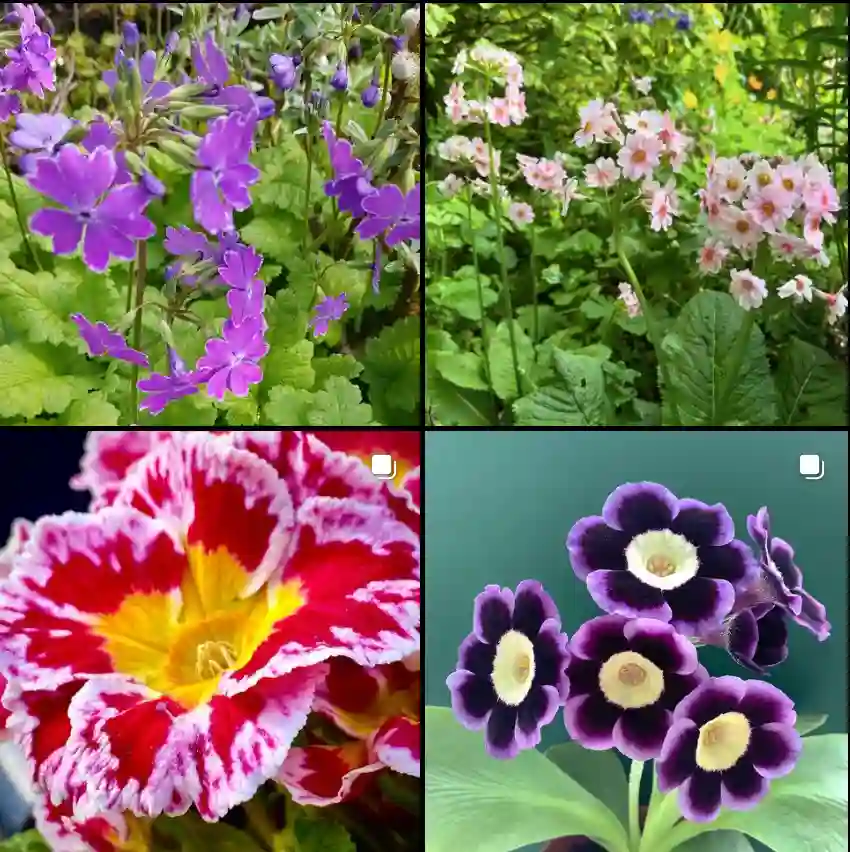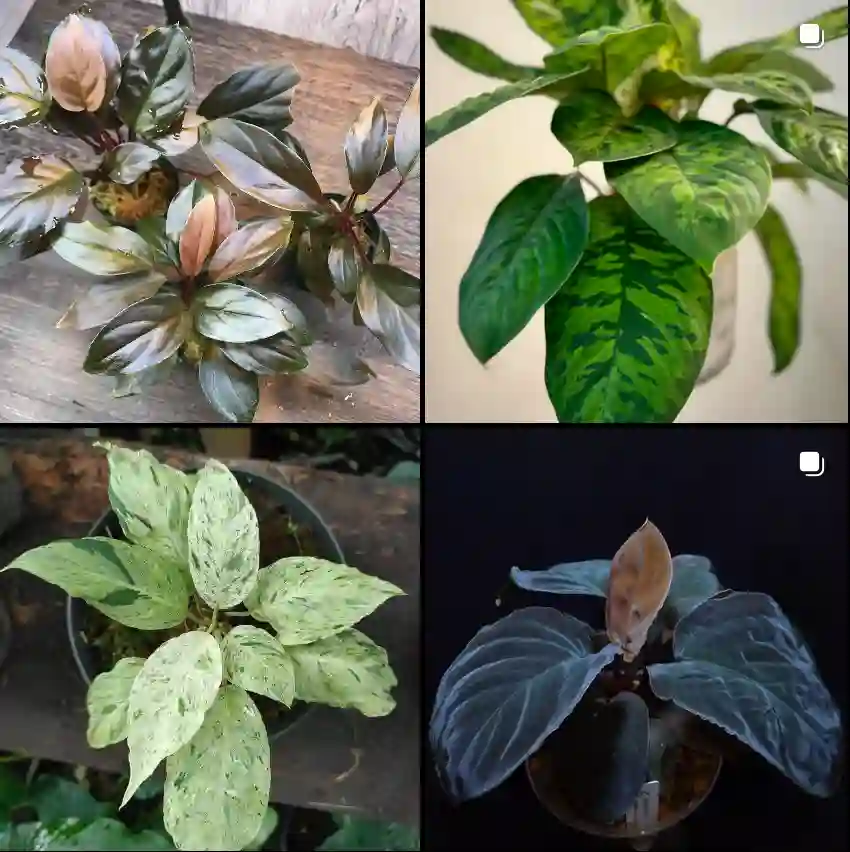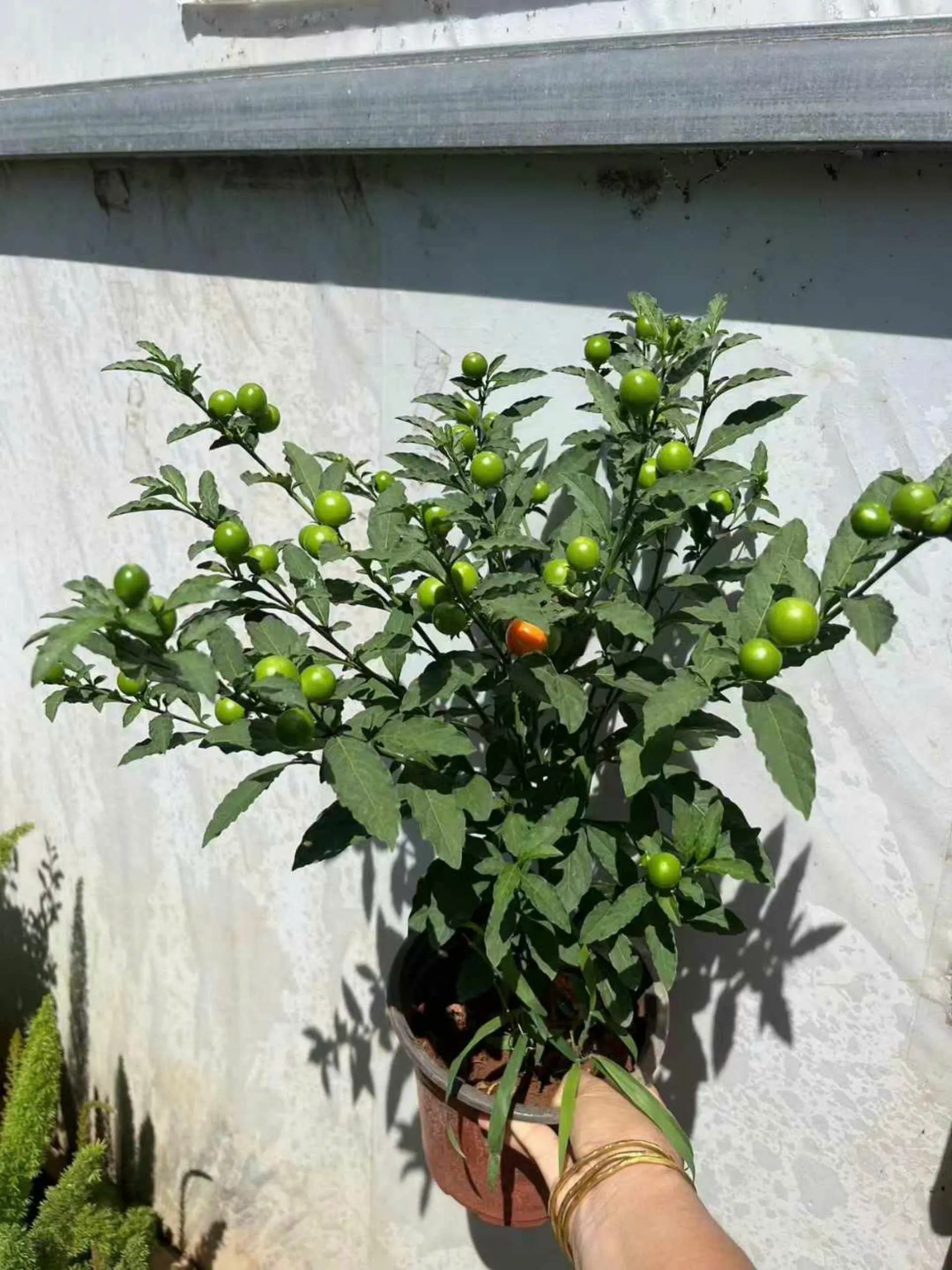FAQs About Nepenthes Klossii
If you’re like me and you’ve recently developed an interest in Nepenthes Klossii, you might have a few questions. I’ve spent a fair amount of time researching and growing this fascinating plant, so I’m happy to share some insights based on my experiences. Here’s a comprehensive guide to answering some of the most frequently asked questions about Nepenthes Klossii.
Plant Family: Nepenthaceae – 207 Species in Genus Nepenthes
What is Nepenthes Klossii?
Nepenthes Klossii is a type of tropical pitcher plant native to the Philippines. It’s part of the Nepenthaceae family and is known for its striking appearance. The plant features unique, tubular pitchers that it uses to capture and digest insects. These pitchers can be quite colorful, ranging from green to shades of red and purple. Nepenthes Klossii is particularly notable for its narrow, elongated pitchers that can grow quite large under the right conditions.
How to Care for Nepenthes Klossii?
Caring for Nepenthes Klossii can be a bit of a challenge, but it’s definitely rewarding. Here’s what I’ve learned about keeping this plant healthy:
- Light: Nepenthes Klossii thrives in bright, indirect light. I’ve found that it does well under fluorescent lights or in a spot with filtered sunlight. Direct sunlight can scorch the leaves, so it’s best to avoid placing it in a south-facing window.
- Temperature: This plant prefers a warm environment. Aim for daytime temperatures between 75-85°F (24-29°C) and slightly cooler temperatures at night, around 60-70°F (15-21°C). Nepenthes Klossii is not frost-tolerant, so make sure to protect it from cold drafts.
- Humidity: High humidity is crucial for Nepenthes Klossii. I keep my plant in a humidity range of 50-70%. You can achieve this by using a humidity tray, a terrarium, or a room with high moisture levels. Regular misting can also help maintain the right humidity.
- Watering: Use distilled water or rainwater for Nepenthes Klossii. Tap water can be too harsh and may harm the plant. Keep the soil consistently moist but not waterlogged. I usually water the plant when the top of the soil feels slightly dry.
- Soil: Nepenthes Klossii prefers a well-draining, acidic soil mix. I use a combination of sphagnum moss, perlite, and a bit of orchid bark. This mix provides the right balance of moisture retention and drainage.
How to Propagate Nepenthes Klossii?
Propagating Nepenthes Klossii can be done through several methods, but the most common one is through cuttings. Here’s how I’ve successfully propagated this plant:
- Cuttings: Take a cutting from a healthy plant that includes a node and a few leaves. I usually cut just below a node to ensure that the cutting has a good chance of rooting. Dip the cutting in rooting hormone and plant it in a sphagnum moss or perlite mix.
- Humidity: Place the cutting in a high-humidity environment. I use a mini greenhouse or a propagation box to maintain high moisture levels around the cutting.
- Temperature: Keep the temperature consistent and warm, around 75-85°F (24-29°C). The cutting will take several weeks to develop roots.
What to Plant With Nepenthes Klossii?
Nepenthes Klossii can be a great companion plant in a terrarium or a bog garden. Here are a few plants that pair well with it:
- Sphagnum Moss: Not only does it provide a natural look, but it also helps maintain moisture and acidity.
- Other Carnivorous Plants: Species like Drosera (sundews) or small Nepenthes varieties can complement Nepenthes Klossii well.
- Orchids: Some orchids thrive in similar conditions and can add diversity to your setup.
How to Use Nepenthes Klossii?
Nepenthes Klossii is primarily grown for its unique aesthetic and its insect-catching abilities. I’ve found it to be a conversation starter and a fascinating addition to my plant collection. Its ability to capture and digest insects can also help keep small pests in check, although this is more of a bonus than a primary function.
Is Nepenthes Klossii Toxic?
Nepenthes Klossii is not considered toxic to humans or pets. The plant’s pitcher fluids are designed to catch and digest insects, not to harm larger animals. However, it’s always a good idea to keep any plant out of reach of pets or small children, just to be safe.
Conclusion
Nepenthes Klossii is a captivating and relatively low-maintenance plant once you get its care routine down. From its striking appearance to its unique insect-catching mechanism, it’s a wonderful addition to any plant enthusiast’s collection. I hope this guide answers your questions and helps you enjoy growing Nepenthes Klossii as much as I do. Happy planting!
If i die, water my plants!



